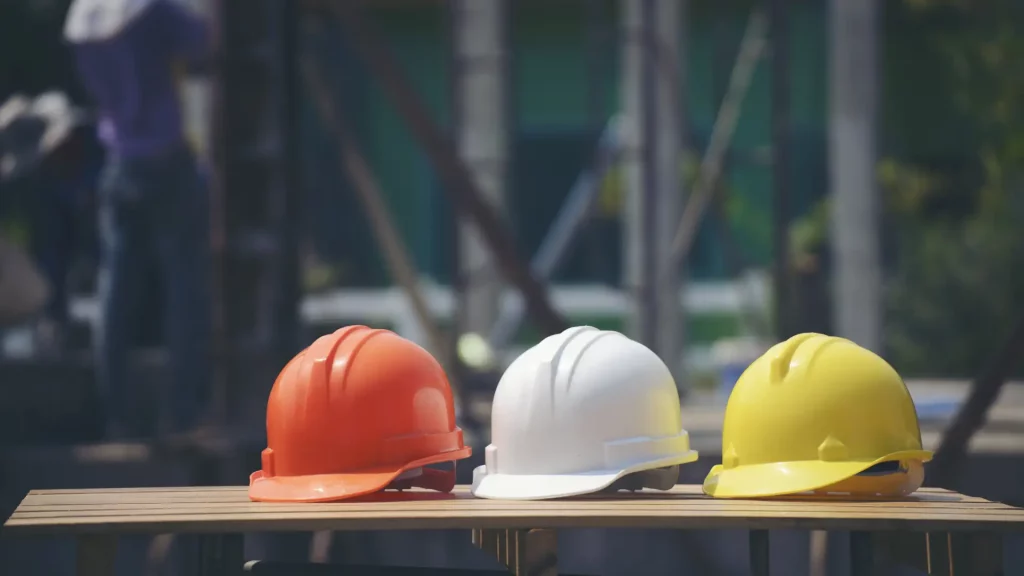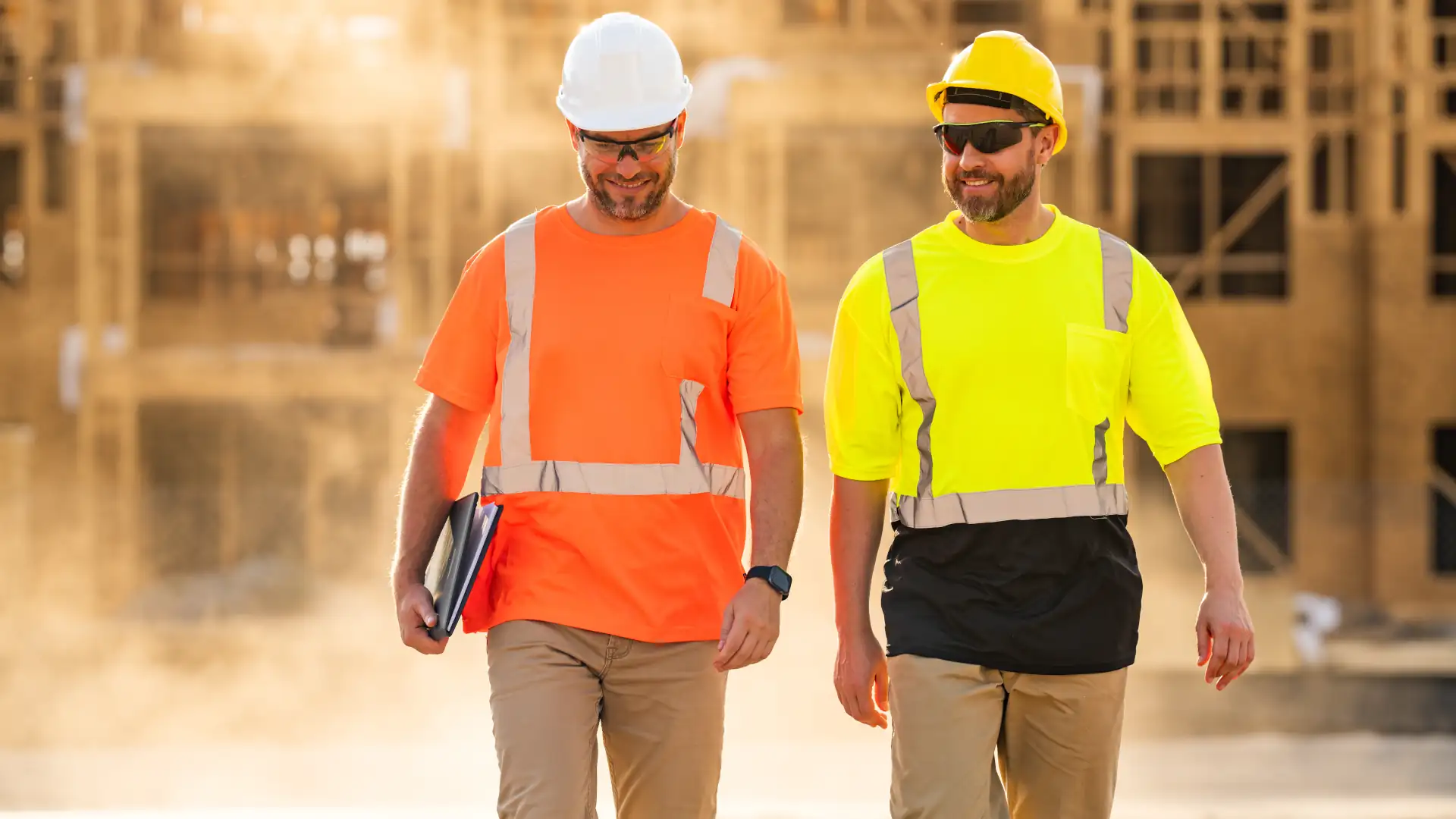Civil construction safety is, unfortunately, one of the most overlooked aspects of many projects. While accidents may be a mere inconvenience for workers and a headache for HR in other workplaces, they hold potentially life-threatening consequences on construction sites. However, by carefully considering and upholding safety standards on-site, you can create a secure site and ensure smooth operation. Discover the best practices our civil construction services employ to ensure a safe environment for all.
Ensure Awareness of the Risks
Before any worker, no matter their role, can step foot on a construction site, they must be fully aware of any and all possible hazards. Uninformed workers pose a huge risk on-site as their unknowing mistakes can put themselves and others at risk. Everyone on a construction site should possess knowledge of construction site safety and how to mitigate associated risks.
The primary responsibility of alerting workers to potential dangers falls to your construction manager. They should educate the crew on what construction sites pose potential risks and how to avoid them. The best defence against on-site incidents is knowledge!
Safety Training
Proper training is the foundation of civil construction safety. All workers involved in civil construction projects should receive comprehensive safety training before starting their tasks. This training should cover essential topics such as hazard identification, proper equipment usage, emergency procedures, and the importance of personal protective equipment (PPE). Ensuring all workers are well-trained and knowledgeable about safety protocols can significantly reduce the risk of accidents is vital.
Safety training isn’t just for new workers either. Even the most experienced workers should refresh their knowledge of standard safety by attending regular training sessions throughout the year.
Regular Safety Inspections
Regular safety inspections are vital to identify potential hazards and ensure compliance with civil construction safety regulations. Construction sites should have designated safety officers who conduct frequent inspections to assess on-site safety conditions. These inspections should evaluate the condition of scaffolding, machinery, electrical systems, and overall housekeeping. After inspection, promptly address any identified issues or non-compliance to maintain a safe working environment.
Effective Communication
Clear communication is one of the simplest yet most effective tools for enhancing civil construction safety. Conduct regular safety meetings with workers to discuss potential risks, ongoing projects, and any changes in safety protocols. Additionally, utilise communication channels such as signage, warning labels, and safety bulletins to convey important information and instructions to workers. Open lines of communication between workers, supervisors, and management enable the swift reporting of safety concerns or incidents, facilitating timely action to mitigate risks.
Proper Use of Personal Protective Equipment
Personal Protective Equipment (PPE) is critical in safeguarding workers from hazards. Ensure all construction workers wear appropriate PPE, including hard hats, safety goggles, high-visibility vests, gloves, and steel-toed boots. Employers must ensure that PPE is readily available, regularly inspected for defects, and replaced when necessary.
It is not enough to simply have the correct PPE. You must also provide training on the correct use, maintenance and limitation of your PPE to ensure the safety of your staff.

Equipment Maintenance and Inspection
Regular maintenance and construction equipment inspection is essential for civil construction safety and operational efficiency. Machinery and tools should undergo routine inspections to identify faults or malfunctions that could compromise safety, repairing them when necessary. Operators should receive training on equipment operation, safety features, and the importance of promptly reporting any abnormalities or concerns.
Emergency Preparedness
Accidents happen no matter how diligently you follow these civil construction safety guidelines. When these accidents do happen, a well-defined emergency plan can be the difference between life and death. Your emergency plan should include establishing evacuation procedures, designating assembly points, and providing first aid facilities.
All workers should be familiar with these procedures and undergo periodic emergency drills. Use adequate signage to indicate emergency exits, firefighting equipment locations, and emergency contact numbers. Regular maintenance and testing of fire alarms and suppression systems are essential to ensure their functionality.
Safety First with TSL Group
While shortcuts are often a great way to save money on any project, there is no shortcut to worker health and safety. Besides, safety always equals success on any site, and by following these civil construction best practices, you can ensure your job goes off without a hitch.
Here at TSL Group, safety is always our number one priority. Whether asphalt surfacing or large-scale traffic management, we always have a keen eye on safety. To learn more about our services and process, contact the team today.


